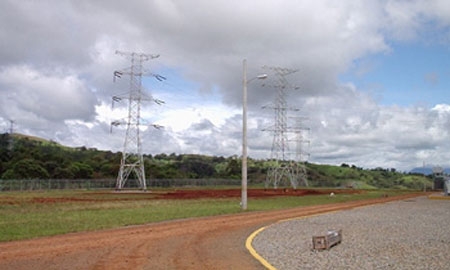Costa Rica has joined forces with its Central American neighbors Guatemala, Panama, El Salvador, Honduras, and Nicaragua to build an energy network that will run the length of the isthmus and provide the entire region with a more reliable and cost-effective supply of energy.
Dubbed
SIEPAC and overseen by
EPR, the project will represent the first regional electric transmission system and will span over 1,100 miles, with the support of 4,600 high-tension transmission towers and nearly 40,400 miles of fiber optic cable. Once finished (towards the end of 2011), the line will have a capacity to more than cover the current needs of the populations, and will have enough reserves to continue growing, thus guaranteeing energy for years to come.
A project of this magnitude and scope paints a positive picture for the future of affordable electricity access for the region’s inhabitants, as well as for investors, since the combined markets of the six countries totals over 40 million.
EPR’s shares are divided equally among each participant. In Costa Rica’s case, the 12.5% share is divided between ICE (Costa Rican Electricity Institute) and CNFL (National Company for Power and Light). The new investment law, which has widened the level of participation of the private sector from 19% to 30%, will allow for a greater number of private electricity projects to link up to the SIEPAC network.
With headquarters in Costa Rica, the region’s most eco-conscious country, EPR is adhering to this country’s strict environmental standards for the entire project, regardless of where the generators and pylons may stand. For example, for every tree that is cut to make way for construction, EPR plants at least five more.

0 COMMENTS